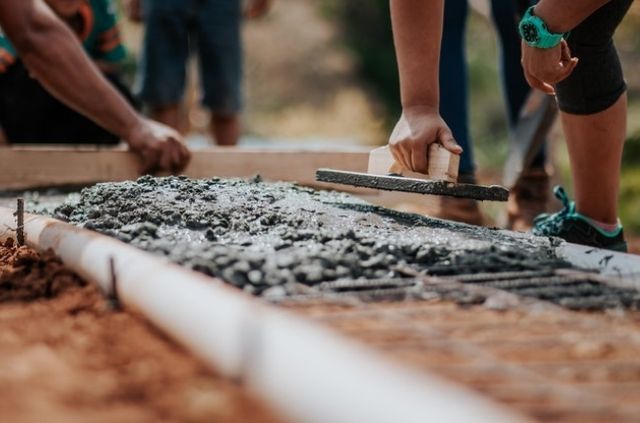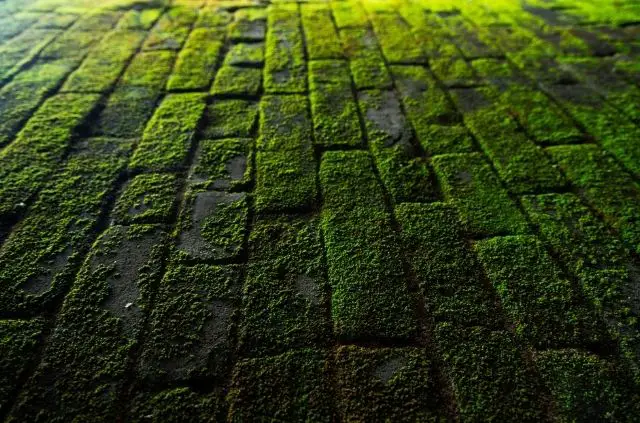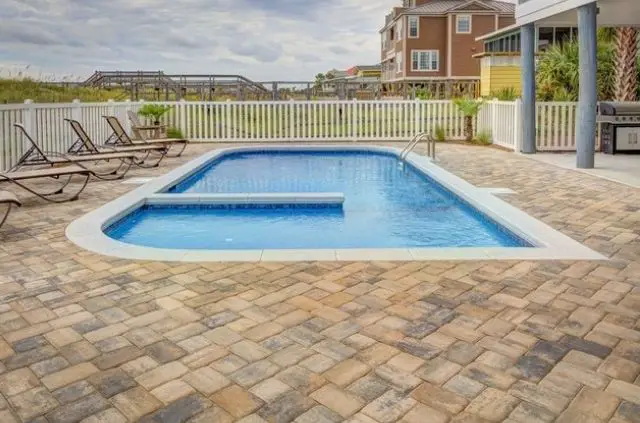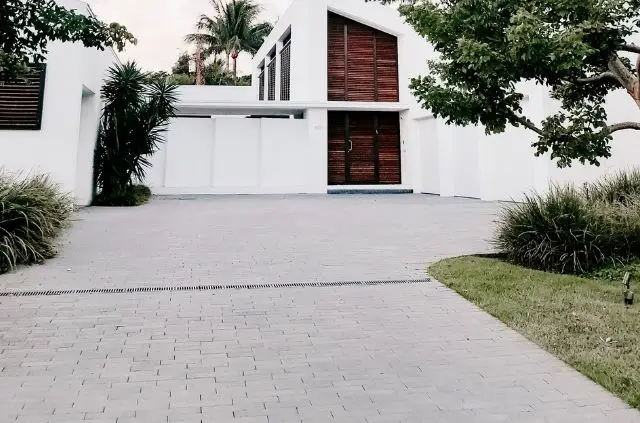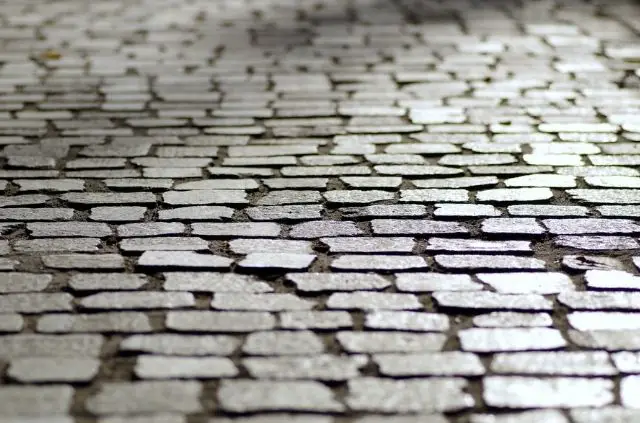Can I Use Regular Sand Between Pavers?
Building a patio or driveway out of pavers will look better than concrete and it will last for a long time. When installed correctly, pavers can be a secure outdoor surface around your home. This raises an important question: can I use regular sand between pavers?
You should never use regular sand between pavers as it can ruin your outdoor patio. Instead, you should use polymer sand to fill the gaps between the joints. This material is much more fine than regular sand, which means that it will fill the joints and prevent the stones from shifting.
What is Polymer Sand?
Polymer sand is a type of building material used to fill the gaps in between pavers. When applied to the blocks, the sand provides stabilization to the entire surface. It’s made up of fine grains, which makes it much better than regular sand.
The sand is also very fine so it has the ability to fill small cracks and gaps. Even if you tried to use regular sand between pavers, it wouldn’t be able to fit in these areas.
As a result, the pavers would shift when you walked on them. In addition to providing added strength, polymer sand can also stop weeds from growing. You should consider applying it to your patio for these reasons.
How to Keep Sand Between Pavers
Keeping sand securely in place between pavers can be done in just a few steps. The most important thing is establishing a solid base, so the sand does not sink down with age. This is bound to happen eventually, but creating a layer between the dirt and the sand will help it from seeping down too quickly.
1. Spread Out Gravel
In order to effectively keep sand between pavers, you will need to first lay out a gravel base. This layer will prevent any sand from seeping further down to the ground over time. The gravel will also prevent weeds from coming up between any spaces. You want to avoid laying pavers down on dirt, because they won’t stay securely in place.
For smaller patios you can get this done with only a shovel. But if you’re building a driveway out of pavers, you will need some heavy duty equipment. Dig down a few inches and flatten the dirt before adding the gravel. Once the gravel is in place, spread it out with a shovel and make sure the surface is level before moving on.
2. Install Pavers
Once you have established the gravel base you can begin installing the pavers. This is the most time consuming step, because you need to stick to a pattern in order to produce professional looking results. Place the pavers down at a corner and work outward. It helps to map out a pattern on a piece of paper first so you don’t get lost.
Some people think you need to stomp down on each block in order to force the paver further into the ground. However, you should avoid this at all costs. Applying to much force to the surface can chip the edges, or break the paver entirely. If the paver is uneven when it’s placed down, you will need to level the gravel beneath it.
3. Apply Polymer Sand
When you have successfully installed each paver you can finish up the job by applying polymer sand. As we touched on in the sections above, it’s important to use this material and not regular sand. The latter will be too large to fit inside spaces in between the pavers. Cover the entire surface area of your patio with the polymer sand.
Then use a broom to slowly push the material further into the cracks. If you do this too fast you could end up wasting the sand by pushing it off the patio. When you’re done their shouldn’t be any large gaps between the pavers. Apply a fine spray of water to the surface to moisten the sand. This process will help activate the material and harden it.
When to Use Regular Sand
The only time you can use regular sand when installing pavers is for the base. As we mentioned above, it’s important to apply gravel underneath the blocks. This layer will make the pavers more secure and it will prevent them from moving with time.
But you can also use regular sand as opposed to rocks when building this layer. Regular sand will also help the pavers from shifting and it will keep them more secure when walking on them.
Some people decide to do a combination of both gravel and sand for the base. It’s best to put the sand on top of the gravel, before leveling the surface out with a flat board. You can drag the wood over the sand to remove any uneven areas.
Do You Have to Put Sand Between Pavers?
While it may seem like an unnecessary task, you always need to put sand between pavers. It doesn’t matter if you’re building a patio or driveway, this fine material will bind the pavers together and prevent them shifting.
Polymer sand really isn’t all that expensive, so you wouldn’t even be saving yourself that much money. This extra step will give you the best results possible and it will make the surface look better.
In addition to making the blocks more secure, you don’t want to see large gaps in between the pavers. If you’re buying a house with a patio made out of pavers, make sure to check and see if they did the job correctly by installing polymer sand.
What Happens if You Don’t Put Sand Under Pavers?
If you ignore putting gravel or sand under pavers, your flat patio will not stay level for very long. The combination of rain and normal use will cause the pavers to sink and move with time.
As a result, the entire surface will look ugly because the stones won’t be level. It will add more work for you, as you will need to lift up all of the bricks to apply a new base layer of sand.
When the blocks shift it also creates a tripping hazard, so you want to prevent this. The best thing to do is take the time and do the job right, so you can avoid these situations from happening.
Conclusion
Hopefully this article has helped you learn that you can’t put regular sand in between pavers. This material is not specifically designed for pavers and it won’t keep them from shifting.
Regular sand is to large for the paver cracks and it should only be used to establish a base. What you want to use instead is polymer sand. This building material is specifically designed for concrete pavers.
Polymer sand is very fine and it has the ability to fill in all of the small gaps between the blocks. It will harden with time and will keep your patio securely in place. Making sure your surface has this kind of sand will keep it lasting for a long time.
Further Reading
Search Terms
- Can I Use Regular Sand Between Pavers?
- How to Keep Sand Between Pavers
- Do You Have to Put Sand Between Pavers?

